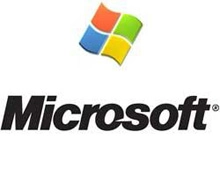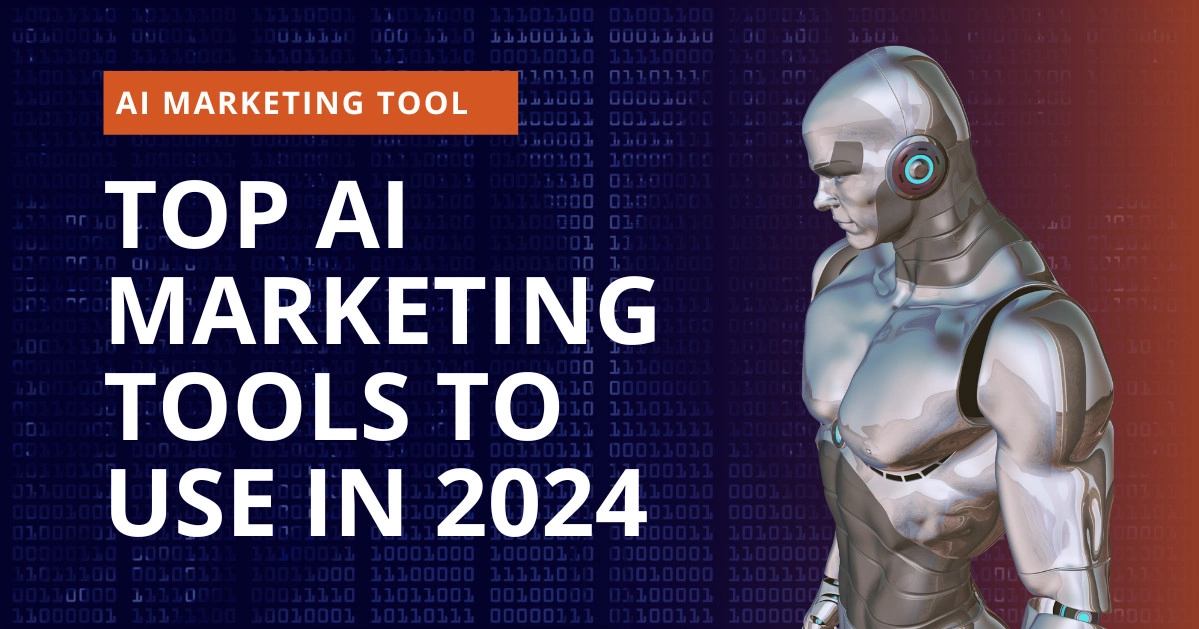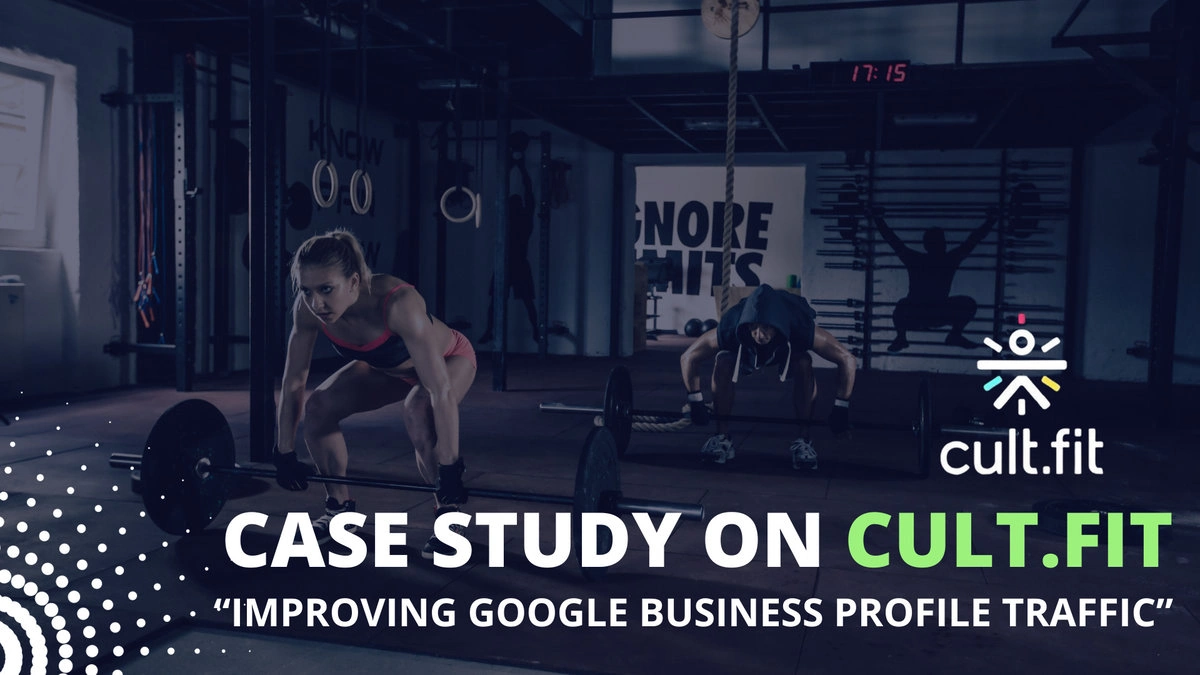 About Microsoft:
About Microsoft:
Microsoft is an American multinational technology company headquartered in Redmond, Washington, that develops, manufactures, licenses, supports and sells computer software, consumer electronics and personal computers and services. Its best-known software products are the Microsoft Windows line of operating systems, Microsoft Office office suite, and Internet Explorer and Edge web browsers. Its flagship hardware products are the Xbox game consoles and the Microsoft Surface tablet lineup. It is the world’s largest software maker measured by revenues; It is also one of the world’s most valuable companies.
Microsoft’s Business Objectives:
We know that if you come buy a product at the Microsoft Store, you’ve got these experts. They will walk you through opening up your new product and making sure that you walk out of the store knowing how to use it, so the Microsoft wanted to replicate that same “white glove” customer experience through email communications.
The objective of doing this email marketing campaign was to replicate the experience of in store buying into email communication. Across all of the email sends, the goal was to provide customers with the white glove experience through email, especially while bringing together the online and brick-and-mortar experiences.
With a legacy of separate and multiple systems used to collect limited data, it was difficult for the team at Microsoft Store to understand customers across both online and brick-and-mortar stores but they made a proper email campaign to overcome this and covered all emails that go out to customers, including transactional email receipts, shipping confirmations, as well as day-to-day promotional emails and lifecycle targeted emails.
Instead of waiting for a long-term dynamic data infrastructure, the team worked within their current confines to learn more about their consumers and make the most out of the limited data to increase email revenue by 600%.
Email Marketing Strategy adopted by Microsoft:
Microsoft team instead of waiting for the completion of long-term data infrastructure utilized the limited resources at their disposal to bring together the fragmented database.
To further understand and be relevant to customers, they began increasing email volume and segmenting their list based off of behavioral data.
The strategy used by them can be understood by going through the following four steps:
Step 1: Form a content strategy around pain points
They looked at a content strategy which consisted of questions like “What is the content that we want to talk about to our customers?” and they understood they needed content first. The team began working with different groups within marketing, and then across the company, to cull all of the content available to them. Before thinking about what the different segments would be, they were more focused on “what do we want to talk to them about?”
So the first goal for them was using content to figure out positioning.
Step 2: Don’t over-segment customers
The team started doing some mild segmentation, deciding that they were going to take an initial set of people and call them ‘Gamers,’ because they had made an Xbox-related purchase. They found that because they didn’t have all that much data on their customers, the segments would get too small. So they thought instead of making the list too much targetted they decided on making the content engaging. So through engaging with the sends in a way that they typically wouldn’t have in a former broad blast email, they validated nurturing a set of customers who had shown loyalty by pre-ordering.
Step 3: Implement cross-channel integration
Previously, the team had been doing separate calls-to-action for each purchase path, but from the available data, the team could share information with online purchasers, for example, that they were near a store. So they implemented a header in every email that informs customers if they live near a store.
It helped them to drive that awareness across both the channels of online and brick-and-mortar that customers can shop anywhere, and company is going to help them regardless. The integration of that information was not an easy task for the team, even though it was only a small piece of data.
And it was a big win for them to be able to be, in that little way, talking to their customers in a more meaningful way about what they care about.
Step 4: Refine internal process
Increasing email volume has “all sorts of challenges,” as it increases the visibility because “a lot more people in the company and executives start getting to your email list, and care about what you’re talking to people about. So, it’s difficult. A lot more people want to look at your emails before you send them.”
At the time of this transformation, the segmentation process was very manual, and the review process, made the need for an internal process all the more evident. Part of the process changes were driven around finding more content and digging further into data.
Results achieved by Microsoft:
The results the Microsoft Store was able to achieve versus promotional sends were:
- An open rate lift of 150 to 400%
- A clickthrough rate lift of 400 to 2200%
- Increased email send volume by 300%
- Increase email revenue by 600%
Learnings
By using email marketing as a platform a company can reach out to their customers in a better way and can enhance their experience of buying.
It can help to make customer more comfortable with this experience of shopping online and increasing customer satisfaction. It’s not only promotional but transactional emails also that will get the customers to be a loyal customer by making the experience with Microsoft something that blows them away.
The goal of the campaign was fulfilled as it helped to increase relevance throughout the email programme and through that, increased revenue and engagement as well.
Credits: Microsoft

 About Microsoft:
About Microsoft:















